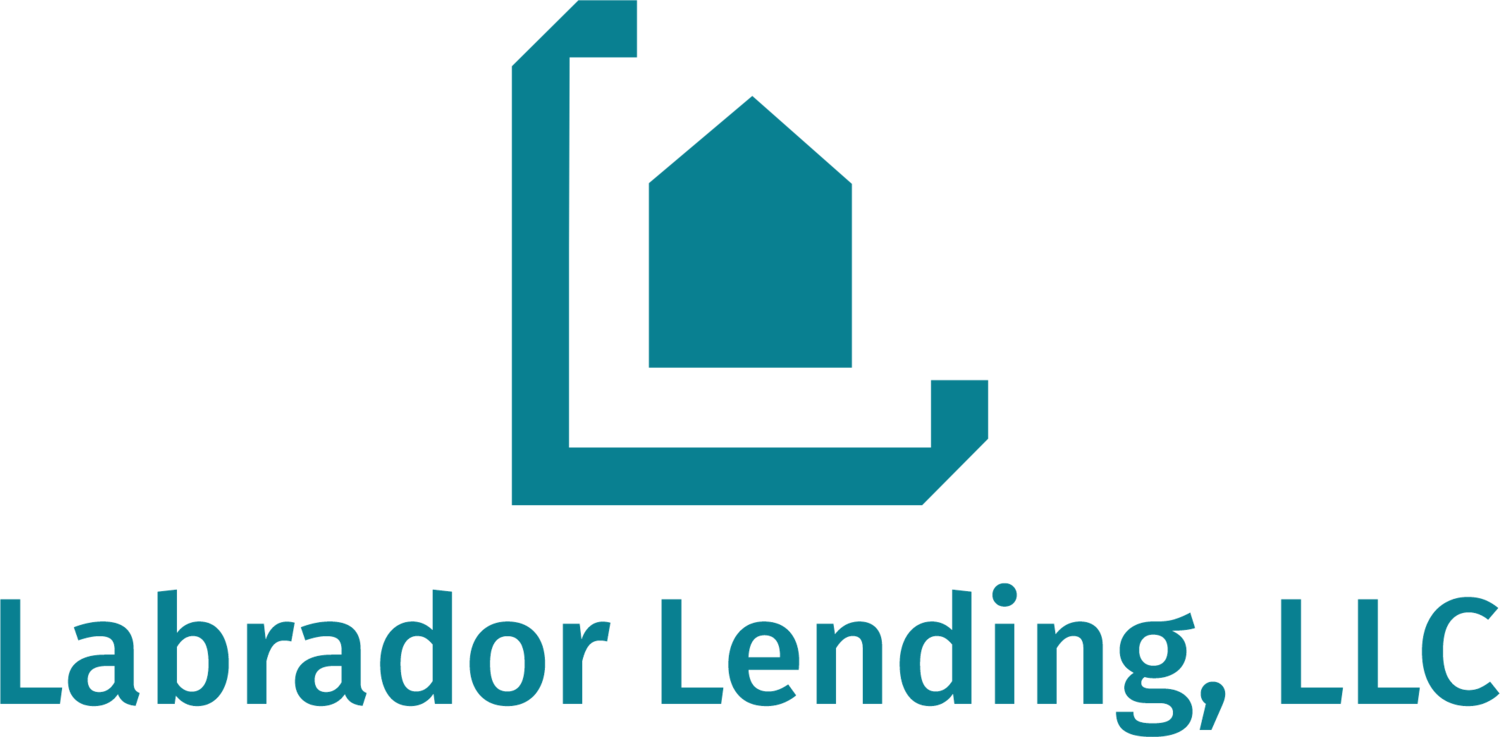When I tell people I invest in notes, some of them look at me like I have three heads. I kinda wonder if they are thinking something like, “Cool, man. I mean, where would Beethoven have been without notes?” Or maybe, “Oh yeah, I’ve heard the meeting-minutes industry is poised to explode!” Or, “Do college students pay you to go to class and take notes for them?” (“Or do their parents?” Too soon?)
The truth is, while this investing niche is not well known across the general population, its basic premises are not really all that complicated. As such, I thought it might be worthwhile to provide a high-level overview about mortgage-note investing.
(For those of you who don’t like reading, there is a 3.5-minute video toward the end of this post that does a great job explaining note investing.)
What is a Note?
Simply put, a note is a promise to pay. If you have ever taken out a mortgage to buy a house, you have signed a note promising to pay your lender back over time. When it comes to real estate, the mortgage or deed of trust (depending on the state) gets recorded to protect the lender’s interest in the property, and the note spells out the terms of the loan.
When note investors purchase a “note,” they are actually purchasing the debt on a property, which includes all relevant documents, not just the note. In essence, the note investor becomes the bank.
Performing vs. Non-performing
There are many types of notes out there, but one easy way to compartmentalize them—at least for a point in time—is to label them either performing or non-performing. A performing note is one that is being paid on time every month. A non-performing loan is typically defined as one where the borrower is behind at least 90 days. From an investor’s standpoint, the non-performing space is where there is typically more work but potentially more reward.
Although pricing has gone up in the last few years, a note investor can often buy a performing note for 70% to 90% of the unpaid principal balance of the existing loan. A non-performing note can be purchased for less. Think 40% to 70% of the unpaid principal balance.
Lien Position
Another way to categorize notes is by lien position. Generally speaking, the rule “first in time, first in line” applies here. A first mortgage is in said position because it was recorded first. If a property has a second mortgage (could be a HELOC or home equity loan), it is a second because it was recorded after the first. Second mortgages typically have lower balances and higher interest rates than firsts.
I told you this isn’t that complicated, and this is true. However, there are many other types of liens out there (property taxes, IRS, HOA, mechanic’s). This is where attention to detail and proper due diligence come into play. This is also where title companies are vital.
Judicial vs. Non-judicial
And yet a third way to classify a note is by the state the collateral property is in. Some states are considered judicial states and others are considered non-judicial. The main effect this distinction has plays out in how long it takes to foreclose on a property. Although foreclosure may not be the preferred strategy for the note investor, he or she sometimes has no other alternative. And foreclosures in judicial states can take years, as opposed to a couple of months as is often the case in non-judicial states.
Note-Investing Strategies
One thing I love about note investing is the inherent flexibility it provides with regard to getting into and out of the investment. Although note investing is certainly not as liquid as traditional investing (stocks, bonds), it does allow for a multitude of ways to make money. I will briefly touch on two basic strategies a note investor can deploy, and I’ll provide a hypothetical example for each.
Strategy #1 – Buy and Hold Performing Notes
This strategy is more expensive on the front end than the second strategy, but it is more passive and a little more predictable. When an investor purchases a performing note, he or she is often buying for cash flow. You are expecting the monthly payments to keep coming in over time. In the event the note becomes non-performing, there are still several potential exit strategies, but that topic is for another day.
Very basic example: The investor pays $43k to purchase a performing note with an unpaid principal balance of $50k. The loan carries an interest rate of 9% amortized over 360 months. The investor is paid about $400 per month for the remaining life of the loan.
Strategy #2 – Fix and Flip Non-performing Notes
Buying non-performing notes is really the bread and butter of discounted note investing. As with the above strategy, there are several options the investor has when it comes to exiting the investment, but one common goal is to turn the non-performing loan into a performing loan, thereby increasing its value.
Very basic example: The investor pays $30k to purchase a non-performing note with an unpaid principal balance of $50k and the same terms as above. The borrower has not paid in 6 months because of a medical issue. The investor and the borrower work out new terms for the loan, which lowers the monthly payment and gets the borrower back on track. After 14 months of collecting $300 per month ($4200 to the investor), the investor then sells the now-performing note to another investor for $40k. The investor has made about $14k in 14 months and the borrower can stay in his/her home. This is also a win for the community.
Additional Resources
This short video by one of our partners does an excellent job of explaining the basics of note investing.
If you have questions or want to learn more, please feel free to visit our website or like our Facebook page.





